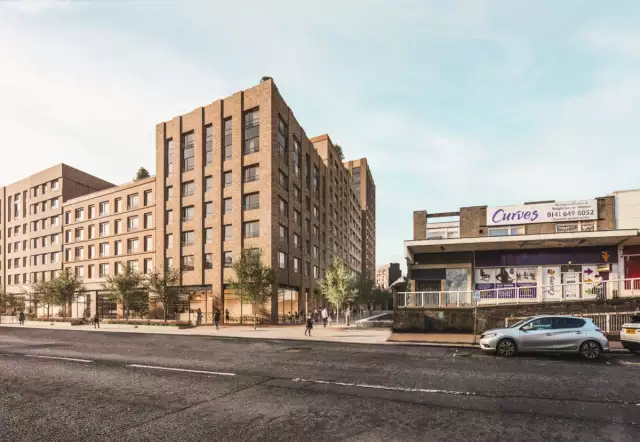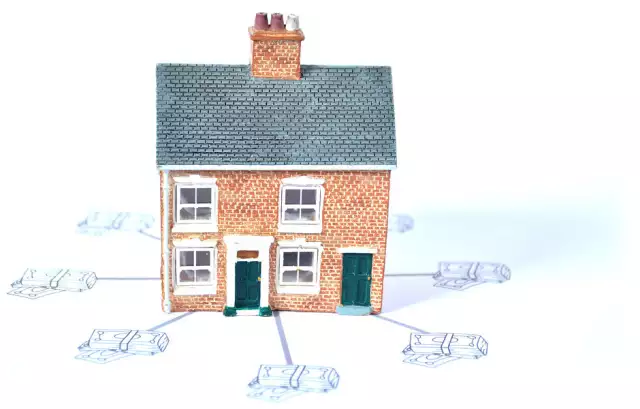What’s the Best Way to Reposition an Empty Shopping Mall?
The image of a shuttered ghost town that many of America’s shopping malls have become is much different than the bustling epicenters of economic and social activity that they once represented. “The mall, in its heyday, was a portal to the lifestyles to which people could aspire,” writes Misty White Sedell of the Los Angeles Times, “a stomping ground for discovery.” Pandemic lockdowns were a devastating blow to brick-and-mortar retail, but the American mall was losing to e-commerce well before then. Now, many malls are an economic deadweight, and the question of what to do with them continues to puzzle investors and landlords. If shopping malls will never again return to their place as our consumeristic hubs, how can they be put to better use?
Any time a property of that magnitude sits vacant, it’s a huge problem for the municipality it sits in. A deserted mall can’t generate tax dollars for its locale just as much as it can’t generate rent for its landlord and revenue for its shareholders. At the same time, the ongoing mortgage debt from a mall that failed can outweigh the value of the property itself. Overall, the prospect of taking on a space of that scale was such a headache, especially with the decline of brick-and-mortar undermining confidence in the investment, that many lenders just elected to let defunct properties just sit unused. So what can be done about these skeletal remains of a bygone era?
Heavy fulfillment
Before the onset of the COVID-19 pandemic, the global
The post What’s the Best Way to Reposition an Empty Shopping Mall? appeared first on Propmodo.






